
Scientists have developed a nanopore-based technology capable of detecting single molecules in real time – a major step toward fast, low-cost chemical profiling. Using engineered protein pores, the new approach targets aldehydes by briefly binding them inside nanoscale channels, leading to distinct electrical signals that reveal their chemical identity and abundance.
Aldehydes are important markers of human health. They belong to a wider family of volatile organic compounds (VOCs) released in breath and bodily fluids, where shifts in their relative levels have been linked to diseases, such as cancer, respiratory disorders, and viral infections like Covid-19.
Conventional detection methods rely on large, centralised instruments such as mass spectrometers – highly informative but costly and bulky. Nanopore sensing offers a direct and miniaturised alternative, capturing chemical information at the single-molecule level, and paving the way for rapid, point-of-care diagnostics.

In this approach, engineered protein nanopores selectively ‘trap’ individual aldehyde molecules as they pass through them, exploiting thiol–aldehyde chemistry, a form of dynamic covalent chemistry previously unexplored for nanopore detection. Each molecule undergoes a brief, reversible reaction inside the pore, generating unique electrical signals that serve as molecular fingerprints. The device is so sensitive it can even distinguish between isomers, a task that often challenges traditional detection methods.
As a proof of concept, the team showed that a single nanopore could quickly distinguish various aldehydes, recording over 400 detection events in just 10 minutes. This highlights the remarkable speed and precision of the single-molecule sensing approach.
The same platform could be adapted to detect members of other biologically important chemical classes by building on the aldehyde-sensing framework. In the longer term, the researchers envision a versatile sensing workflow that uses thiol–aldehyde chemistry as a foundation, converting diverse molecular targets into aldehydes for rapid, single-molecule detection in low-cost, portable and user-friendly devices.
References
L E McGivern et al, Nat. Commun., 2025, 16, 9409 (DOI: 10.1038/s41467-025-64184-6)


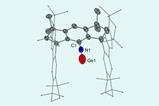




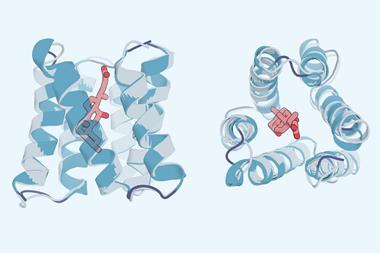



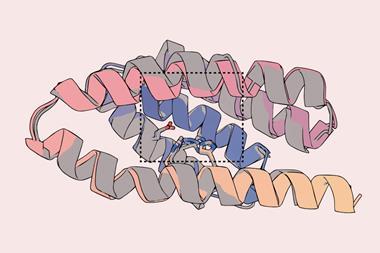

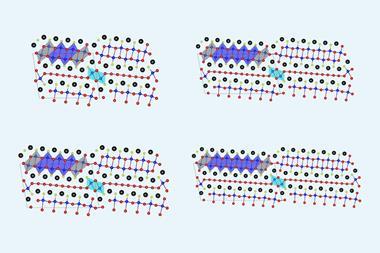
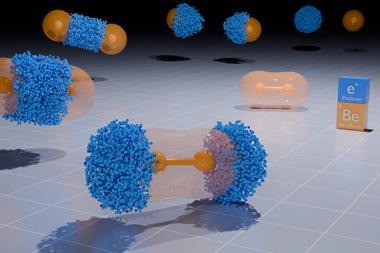


No comments yet